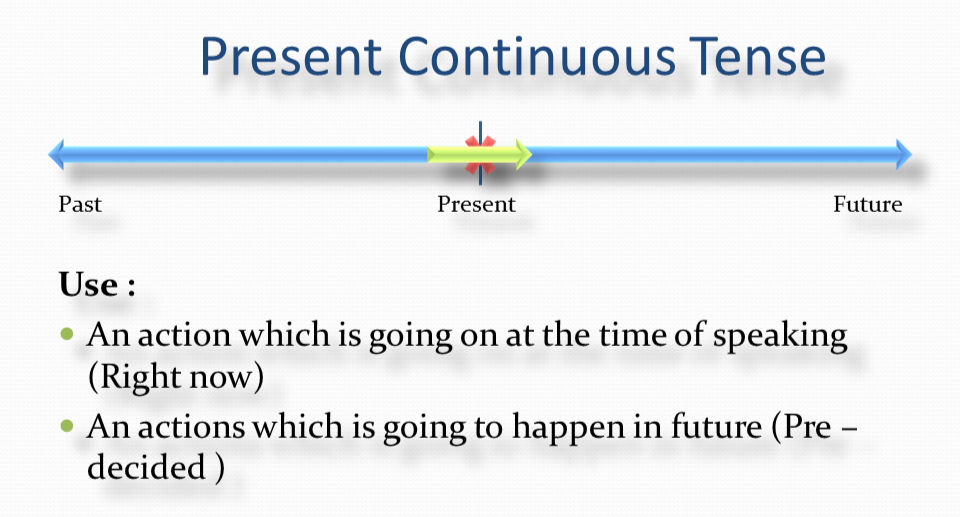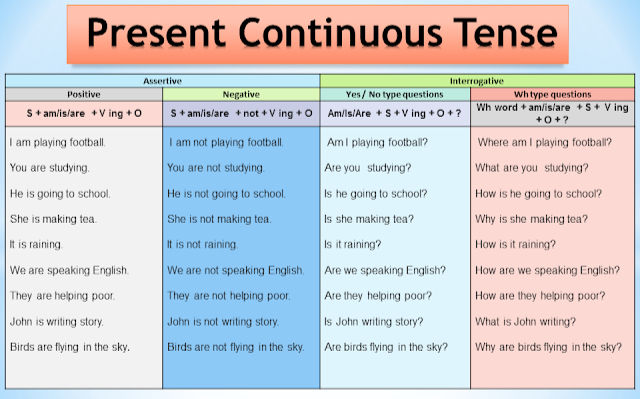The Grammar Lesson: Present Continuous
- WEBCI Online English material

- Jan 22
- 3 min read
Updated: Mar 31
Let's talk about the present continuous tense! It's a fancy way of saying what's happening right now or around now. Imagine you're chatting with a friend about what you're doing at this moment, like "I am writing" or "She is reading."
Here's the deal: With the present continuous tense, you're adding "-ing" to the base form of the verb. So instead of saying "I write," you say "I am writing."
Now, why is this important? Well, lots of folks search for info on grammar, English, or even language learning. But sometimes, finding simple explanations can be tricky because there's a lot of complicated stuff out there. That's where we come in!
Understanding the present continuous tense helps you talk about actions in progress. It's like giving a snapshot of what's happening right now. Plus, it's super handy for describing plans or arrangements for the future, like "I am meeting my friend tomorrow."
So if you're learning English or just need a refresher, knowing how to use the present continuous tense is a fantastic skill to have. And the best part? It's not as complicated as it sounds!
Verb Structure = am/is/are + Verb (ing)
For example:
I am going to the office.
He is studying.
We are celebrating a birthday.

Usage:
We use present continuous tense to tell the actions which are going on at the time of speaking.
For example: Don’t disturb me. I am reading a novel. (Now)
But sometimes it is not necessary that action is going on at the time of speaking.
For example: I am reading a novel these days.
To talk about an action which will happen in the future but has been arranged already.
For example: Guests are coming in the evening.
Present Continuous Tense Structure
Positive : S + am/is/are + V ing + O
I am playing football.
You are studying.
He is going to school.
She is making tea.
It is raining.
We are speaking English.
They are helping the poor.
John is writing a story.
Birds are flying in the sky.
Negative : S + am/is/are + not + V ing + O
I am not playing football.
You are not studying.
He is not going to school.
She is not making tea.
It is not raining.
We are not speaking English.
They are not helping the poor.
John is not writing a story.
Birds are not flying in the sky.
Yes / No type questions : Am/Is/Are + S + V ing + O + ?
Am I playing football?
Are you studying?
Is he going to school?
Is she making tea?
Is it raining?
Are we speaking English?
Are they helping the poor?
Is John writing a story?
Are birds flying in the sky?
Wh type questions : Wh word + am/is/are + S + V ing + O + ?
Where am I playing football?
What are you studying?
How is he going to school?
Why is she making tea?
How is it raining?
How are we speaking English?
How are they helping the poor?
What is John writing?
Why are birds flying in the sky?

Examples of present continuous tense by uses
1. Actions Happening Now:
I am typing on my keyboard right now.
They are watching a movie at the moment.
2. Temporary Actions:
She is staying with her friend for the weekend.
We are studying for our exams this week.
3. Future Plans and Arrangements:
He is meeting his friend for lunch tomorrow.
They are going shopping this Saturday.
4. Changing or Evolving Situations:
The weather is getting colder as winter approaches.
Prices are increasing every month.
5. Expressions of Irritation or Annoyance:
She's always leaving her dirty dishes in the sink!
He is constantly interrupting me when I'm speaking.
6. Ongoing Trends or Developments:
More and more people are using smartphones these days.
The company is expanding its operations into new markets.
In the present continuous tense, the action is ongoing or happening right now at the moment of speaking. It's formed by using the verb "to be" (am, is, are) followed by the present participle (-ing form) of the main verb.



Comments